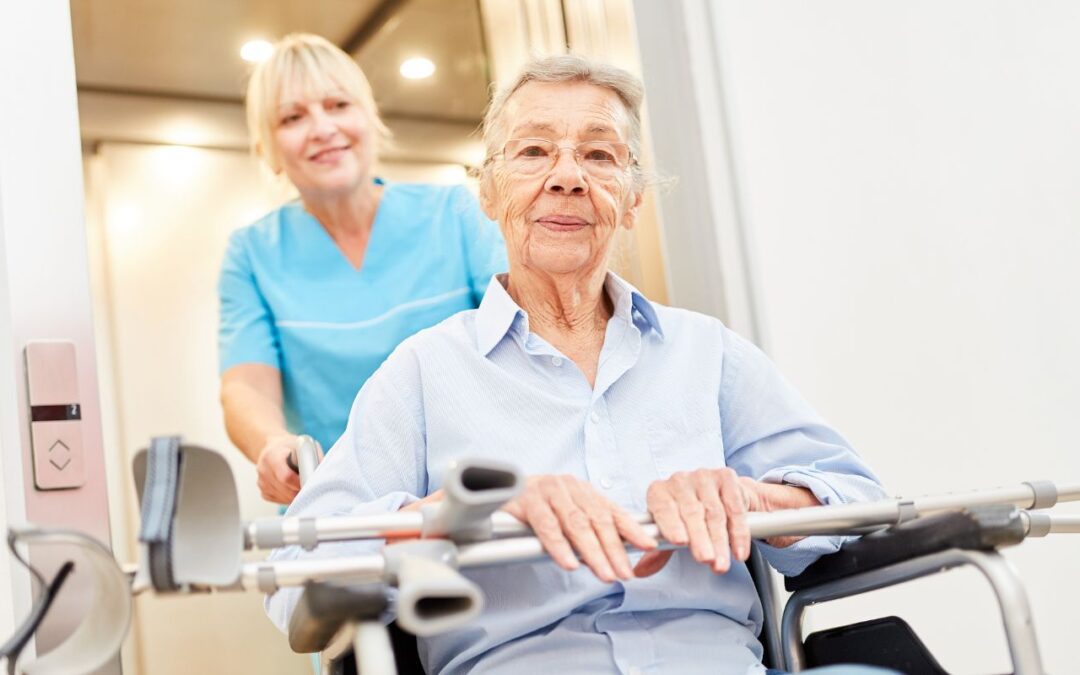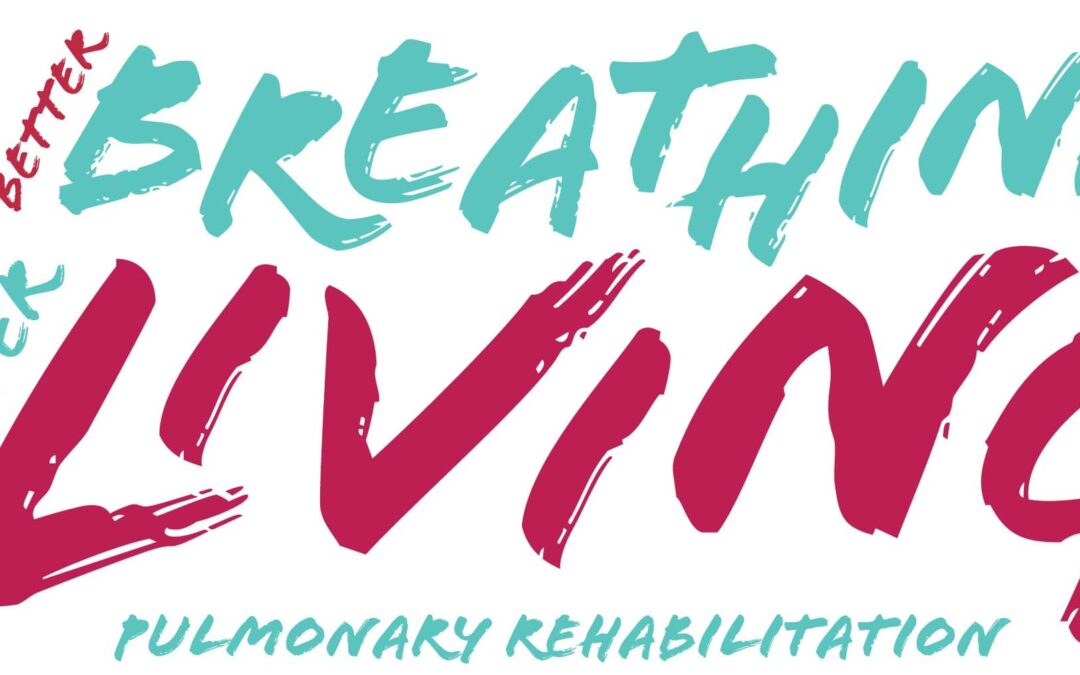


Cardiac and Respiratory Rehabilitation
What is cardiac and respiratory rehabilitation? Cardiac and respiratory rehabilitation (or cardiopulmonary rehabilitation) is a multidisciplinary program that involves nutritional counseling, education, strengthening the heart and lungs, smoking cessation, stress...
Heart Failure Precautions
What is heart failure? Heart failure, also known as congestive cardiac failure or CCF, is a medical condition in which the heart is rendered unable to efficiently pump blood and maintain blood flow according to the metabolic needs of the body. Heart failure can be...
Cancer Patients and Home Care
Cancer refers to abnormal cell growth. It is a malignancy with hundreds of different cancer types, which includes lymphoma, prostate cancer, colon cancer, lung cancer, skin cancer, and breast cancer. For each of these, symptoms may vary according to the type. Surgery,...
Chronic Obstructive Pulmonary Disease (COPD)
WHAT IS COPD? COPD or Chronic Obstructive Pulmonary Disease is an umbrella term for a group of progressive lung disorders that present as difficulty in breathing as the major complaint. Long term exposure to irritant substances such as cigarette smoke and pollutant...
